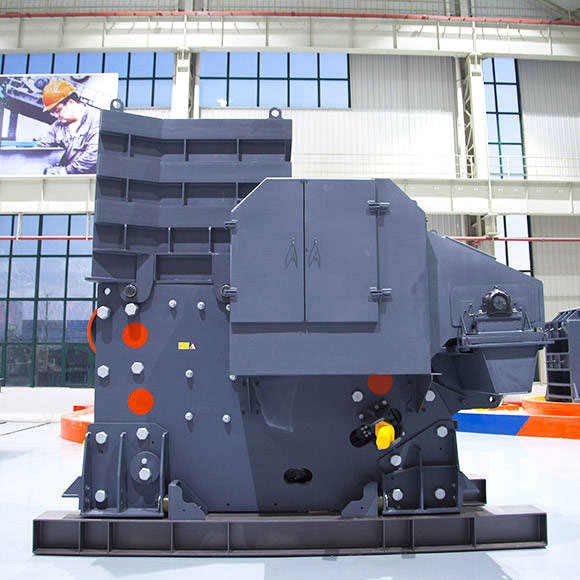Designing an efficient jaw crusher involves several key considerations to ensure maximum productivity, reliability, and safety while minimizing operational costs. Here’s an overview of the essential aspects to consider in the design of an efficient jaw crusher:
1. Jaw Crusher Components and Working Principle
A jaw crusher operates by using compressive forces to break down materials. It consists of two jaw plates: a fixed jaw and a movable jaw. The movable jaw exerts force on the material, crushing it against the fixed jaw. The efficiency of a jaw crusher is influenced by its design, including the shape and dimensions of the jaw plates, the crushing chamber, and the motion mechanics.

2. Material Selection
The materials used in the construction of the crusher significantly impact its performance and durability. High-quality, wear-resistant materials like manganese steel are typically used for the jaw plates, ensuring they can withstand the high impact and abrasion from the crushed materials. The frame and other components should be made from robust materials to ensure longevity and stability.
3. Jaw Plate Design
The design and arrangement of jaw plates affect the crusher’s efficiency:
- Tooth Profile: The profile of the jaw plate teeth can be optimized for the specific material being crushed, ensuring better grip and more efficient crushing.
- Plate Angle: The angle between the fixed and movable jaw plates should be optimized to ensure effective material entry and exit, minimizing blockages.
- Adjustability: The ability to adjust the jaw plates can help in achieving the desired output size and compensating for wear over time.
4. Crushing Chamber Design
The shape and volume of the crushing chamber are crucial:
- Tapered Chamber: A tapered chamber ensures that the material is progressively crushed as it moves down, which improves the reduction ratio and throughput.
- Depth and Width: The depth and width of the chamber should be designed to match the expected feed size and desired output, ensuring efficient processing and preventing clogging.
5. Kinematics and Dynamics
The motion of the movable jaw, driven by the eccentric shaft, plays a critical role:
- Optimal Stroke and Speed: The stroke (distance the jaw moves) and the speed (RPM of the eccentric shaft) should be optimized to ensure effective material breakage and throughput. Higher stroke and lower speed tend to improve efficiency for larger feed sizes.
- Toggle Mechanism: A robust toggle mechanism ensures the movement of the jaw is smooth and effective. Double-toggle crushers are known for their ability to handle harder materials and larger feed sizes compared to single-toggle crushers.
6. Feeding and Discharge
Efficient feeding and discharge systems are crucial:
- Feed Hopper Design: A well-designed feed hopper ensures consistent material flow into the crushing chamber, reducing blockages and improving throughput.
- Discharge Conveyor: The discharge conveyor should be capable of handling the crusher’s output efficiently, ensuring continuous operation without bottlenecks.
7. Power and Drive System
The drive system must be robust and efficient:
- Electric Motor and Drive System: Selecting a high-efficiency motor and designing an effective drive system (e.g., belts, pulleys) can reduce energy consumption and improve overall crusher efficiency.
- Hydraulic Systems: Incorporating hydraulic systems can enhance adjustability and safety, allowing for quick and easy adjustments to the crusher settings and providing overload protection.
8. Safety and Maintenance
Designing for safety and ease of maintenance is essential:
- Safety Features: Including emergency stop mechanisms, protective guards, and automated shutdowns in case of anomalies enhances operator safety.
- Ease of Maintenance: Designing for easy access to wear parts and incorporating features that allow for quick replacement of components reduces downtime and maintenance costs.
The design of an efficient jaw crusher requires a holistic approach, considering factors such as material selection, jaw plate design, crushing chamber configuration, kinematics, feeding and discharge systems, power and drive mechanisms, and safety and maintenance. By optimizing these elements, the crusher can achieve high efficiency, reliability, and productivity, providing significant value in various crushing applications.
